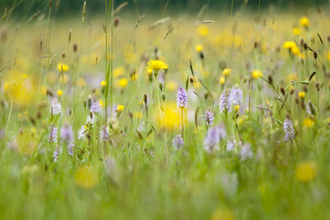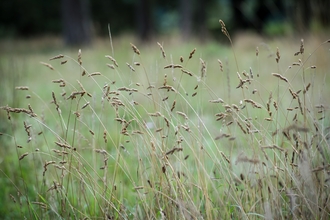
©Brett Lewis/2020VISION
White campion
At night, the pretty, white blooms of white campion produce a heady scent, attracting feeding moths. Look for this wildflower along hedgerows and roadside verges, and on waste ground.
Scientific name
Silene latifoliaWhen to see
May to OctoberSpecies information
Category
Statistics
Height: up to 1mConservation status
Common.
Habitats
About
White campion is a common wildflower that grows in fields, along hedgerows and roadside verges, and on waste ground. It flowers throughout the summer, but it's actually at night when the blooms produce a heady scent, attracting many feeding moths.White campion is often a perennial plant, which means it can live for a number of years, growing again each spring; but it can also be a short-lived annual or biennial.



